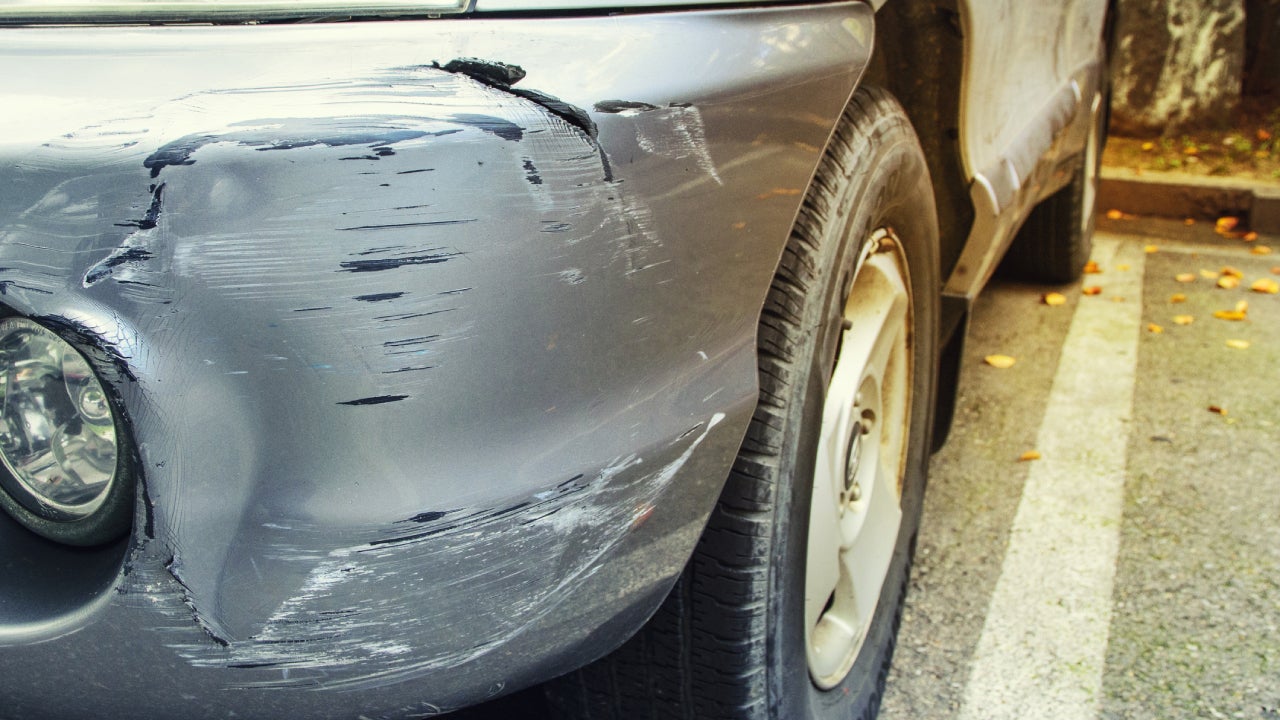SUNG YOON JO/Getty Images
If you’ve been the victim of a hit-and-run in Iowa, you may be dealing with some of the complex issues that follow. You will need to fill out a police report and contact your insurance company for starters. If you only maintain minimum liability coverage on your vehicle, you may end up paying out of pocket for any vehicle damage or personal injuries. While there’s not much you can do about others driving irresponsibly, there are some ways to prepare yourself to better handle the fallout after a hit-and-run.
Hit-and-runs in Iowa
Hit-and-runs in Iowa are defined as an at-fault driver leaving the scene of an accident that involved property damage or bodily injury without providing their personal information or calling for necessary emergency services. The primary focus of the state’s hit-and-run statutes is on bodily injury rather than property damage. The more severe the injuries resulting from an Iowa hit-and-run, the greater the penalties will be.
Iowa hit-and-run laws
Iowa hit-and-run laws state that if the hit-and-run only involves property damage, the perpetrator may be charged with a simple misdemeanor. A hit-and-run that involves serious injury or death could be charged as a serious misdemeanor or felony. The at-fault driver is liable for costs accrued either through property damage or personal injury. Committing a hit-and-run while uninsured can add further layers of penalties and costs.
Beyond the criminal penalties of a hit-and-run, insurance consequences may also be severe. The Department of Motor Vehicles (DMV) may require the driver to obtain an SR-22 filing from their car insurance company, which states that they have an active car insurance policy that meets the state’s minimum car insurance requirements.
How hit-and-runs impact car insurance rates in Iowa
Depending on the circumstances, being involved in a hit-and-run may increase the cost of car insurance for either driver. Some carriers may refuse to extend coverage to drivers convicted of a hit-and-run. Those that do will likely charge higher premiums to compensate for this risk. On average, insurance premiums in Iowa can nearly double after being convicted of high-risk driving behavior.
Even after the victim of a hit-and-run is deemed not at fault, they may see their insurance rates rise at policy renewal if they choose to file a claim with their own insurance company for damage resulting from the incident.
5 things to do after a hit-and-run in Iowa
If you are the victim of a hit-and-run in Iowa, there are a few steps that may help you manage the situation more smoothly.
- Assess for safety and check for injuries. Check yourself and any passengers for injuries if you were in the vehicle when the hit-and-run occurred. If there are injuries, you may want to contact emergency services for an ambulance.
- Move your vehicle to a safer location. If your car can be safely driven and is in the way of traffic, move it to a shoulder or nearby parking lot for your safety and the safety of other drivers.
- Report the accident. Once safety is assured, contact the police to report the incident. They will want some basic information about the incident, you and your vehicle.
- Detail and document the scene. If it is safe to do so, document the scene with photos, videos and notes. Evidence may be helpful for both the police and the insurance company.
- Contact your auto insurance agent. If you intend to file a claim, you may contact your insurance company and provide them with the details you gathered in the previous step. They may also want a copy of the police report.
Will insurance cover a hit-and-run?
Hit-and-run insurance does not specifically exist, but there are some types of insurance that may offer coverage in the event of a hit-and-run. While your policy’s basic liability (aka minimum coverage) insurance will not cover damage to your own vehicle, collision, uninsured motorist and medical payments insurance might help cover damage and injuries if you’re the victim of an Iowa hit-and-run. It will depend on the insurance company, your elected coverage and your specific policy terms.
- Collision coverage: As the name implies, collision insurance is designed to cover damage that your vehicle sustains from collisions, regardless of fault. Unlike minimum coverage, this insurance pays out toward your own car. Whether you are at fault for an accident or the victim of a hit-and-run, collision insurance covers repairs or replacement of your vehicle up to your policy limits.
- Uninsured motorist coverage: In essence, uninsured motorist coverage is a fill-in for basic liability if an uninsured driver is at fault for an auto accident that injures you or damages your property. If you are the victim of a hit-and-run, uninsured motorist coverage may help with the costs, but you might have to prove that the other driver was uninsured — something that can be difficult if they are not located.
- Medical payments coverage: While it’s important to protect your vehicle, safeguarding your health is even more critical. Medical payments coverage could help pay for medical bills for you and your passengers that result from an auto accident, regardless of fault.
Iowa law only requires drivers to carry bodily injury and property damage liability coverage. Carriers are required to offer you uninsured and underinsured motorists coverage, but you may deny these in writing. As minimum coverage car insurance is fairly basic in Iowa, you may want to explore full coverage — which typically includes collision and comprehensive coverage — for enhanced financial protection if you’re concerned about hit-and-runs.
Frequently asked questions
Read the full article here


















